Crew 310 EVA 17 Report 11Feb2025
EVA # 16
Author: Estel Blay
Purpose of EVA: collect geologic samples using a VANTA Max portable X-ray fluorescence gun.
Start time: 9:37
End time: 12:30
Narrative: The crew geologist successfully collected geologic samples using the VANTA Max portable X-ray fluorescence gun. This innovative tool allowed her to conduct in-situ analyses, enabling us to apply geoconservation techniques on Mars by discerning which samples held high scientific value and which may not have been necessary for collection. Additionally, Jennifer García, the crew Journalist, and Estel Blay, the Crew Scientist and Health Safety Officer, documented the findings and experiences throughout the EVA with photographs and drone flights.
Destination: Barrainca Butte
Coordinates (use UTM WSG 84): 4247500 N, 519000 W
EVA Participants: Marina Martínez (Geologist and Greenhab Officer), Jennifer García, Crew Journalist, and Estel Blay, Crew Scientist and Health Safety officer
Road(s) and routes per MDRS Map: following the main road, Cow Dung Road 0110 North, we will arrive at the intersection with 1101 and park the rovers. From there, we will walk to Barrainca Butte.
Mode of travel: (walking or driving)? Driving until the destination. Walk while there, approximately in a 500 meters radius.
Vehicles you will be using (If applicable): Spirit (Marina Martínez and Estel Blay), Curiosity (Jennifer García).
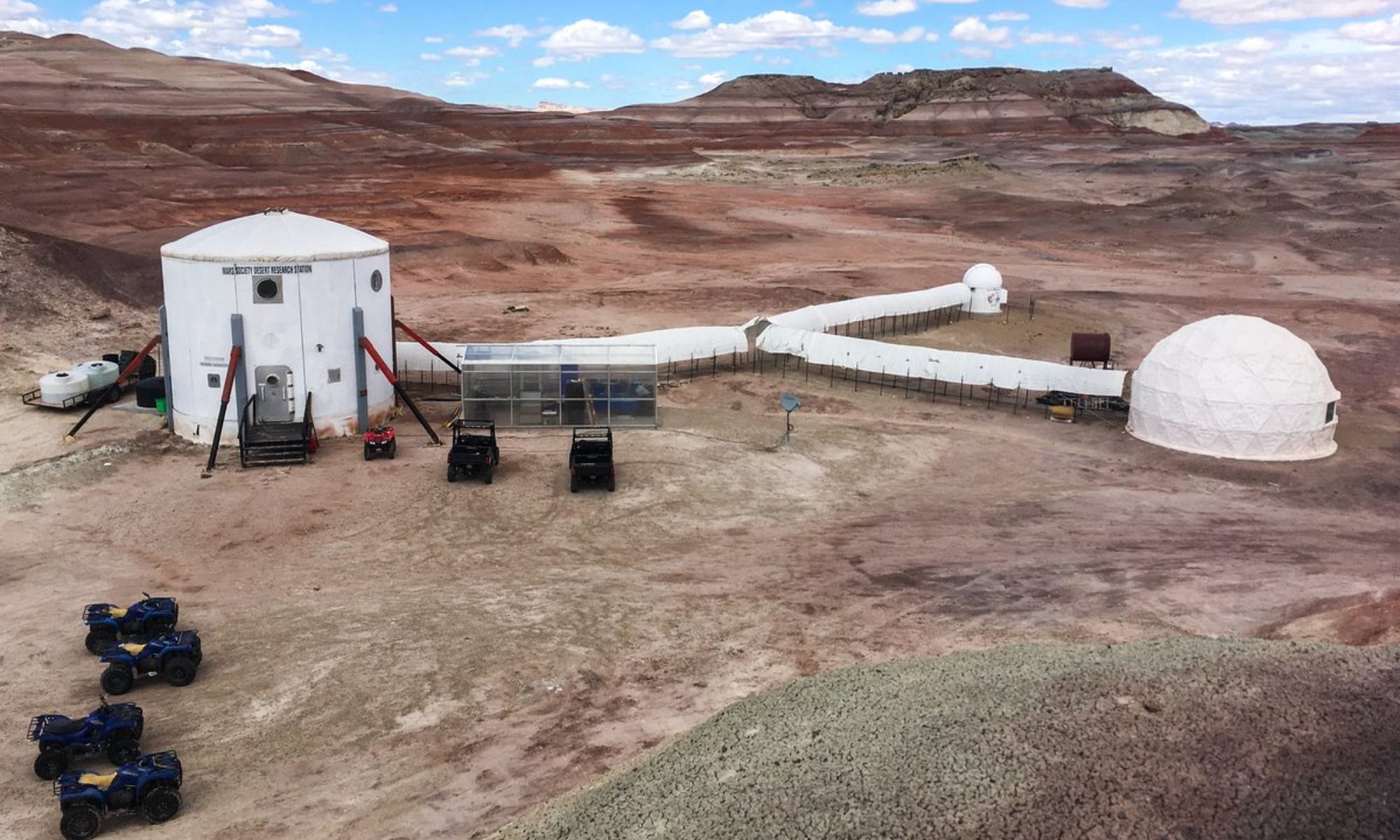

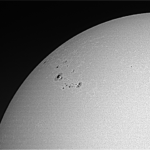
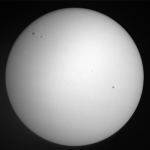
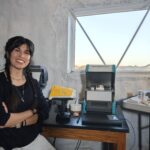
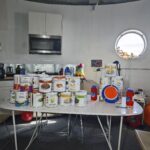
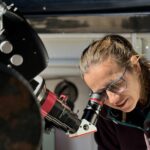
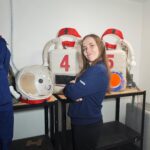

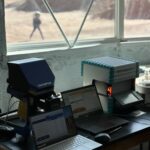

You must be logged in to post a comment.